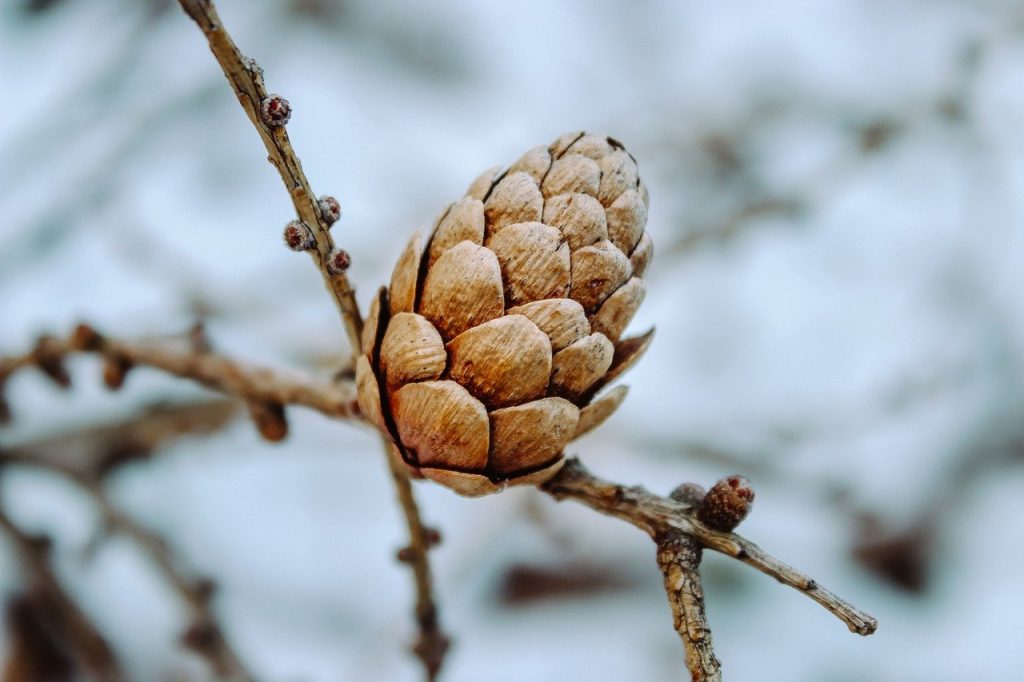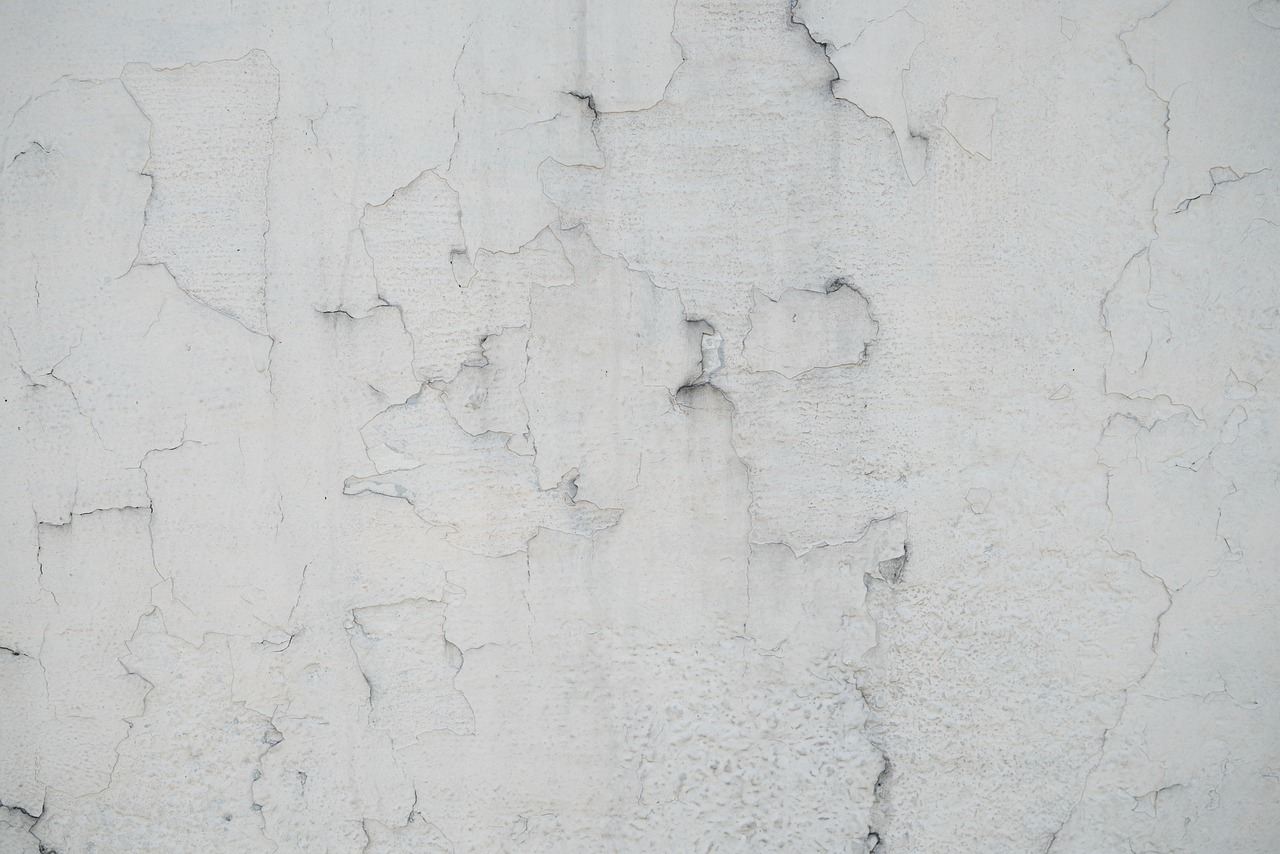Natural Forms Art

Natural forms art draws you into the wonder of nature by capturing its shapes, textures, and colors.
This genre, rooted in ancient attempts to depict flora and fauna, has evolved through notable contributions by Ernst Haeckel and Anna Atkins.
Modern artists like Cas Holmes and Andy Goldsworthy use diverse techniques and mediums, from mixed media to etching, reflecting nature’s richness.
Themes often explore humanity’s relationship with the environment, emphasizing beauty and conservation.
By appreciating nature’s palette and textures, you’ll uncover the depth and emotional resonance in these works. Continue onward to grasp the full scope of this enchanting artistry.
Key Points
- Natural forms art explores intricate details of flora, fauna, and geological formations.
- Techniques include mixed media, etching, printmaking, and layering for depth and realism.
- Influential artists like Ernst Haeckel and Sophie Munns offer diverse interpretations of nature.
- Common themes celebrate biodiversity and address environmental conservation.
- Nature’s vibrant colors, organic shapes, and textures inspire creative expression.
History and Origins
The history and origins of natural forms art are deeply rooted in humanity’s enduring fascination with the intricate beauty and diversity of the natural world.
From ancient origins, artists have continually sought to capture the essence of flora and fauna, highlighting nature’s complexity.
The artistic evolution of this genre can be traced through remarkable contributions by early pioneers like Ernst Haeckel and Anna Atkins, who utilized detailed drawings and early photographic techniques to explore natural forms.
As the genre gained popularity in the 19th and 20th centuries, artists like Albertus Seba and Sophie Munns further advanced these themes.
Modern interpretations by contemporary artists like Cas Holmes and Andy Goldsworthy demonstrate the ongoing innovation in depicting natural elements.
Key Artists and Influences
Building on the rich history and evolution of natural forms art, key artists like Ernst Haeckel and Cas Holmes have shaped the genre through their innovative techniques and profound influences.
Haeckel’s intricate, scientifically precise illustrations provided abstract representations of natural forms, while Holmes’ use of experimental approaches and unconventional materials redefined the boundaries of the genre.
These artists’ contributions have inspired others to explore and reinterpret natural elements.
- Ernst Haeckel: Known for his detailed, almost surreal depictions of marine life.
- Cas Holmes: Famed for blending textiles with found objects, creating ethereal landscapes.
- Sophie Munns: Focuses on seed diversity, using mixed media to highlight ecological themes.
Their innovative interpretations continue to inspire contemporary artists and educators alike.
Techniques and Mediums
In natural forms art, diverse techniques and mediums are employed to meticulously capture the intricate details and textures of the organic world.
Artists often engage in mixed media exploration, combining materials like oil paint, acrylics, watercolors, ink, and charcoal to achieve vibrant representations.
Layering techniques, such as etching and printmaking, are utilized to add depth and complexity, emphasizing the patterns and shapes found in nature.
Each medium offers unique properties that contribute to the realism and expressiveness of the work.
Through these methods, artists convey their unique perspectives, inspiring creativity and a deeper appreciation for the natural world.
The focus on intricate details and textures brings the beauty of plants, animals, and landscapes to life in striking ways.
Common Themes
Artists exploring natural forms often investigate themes that celebrate the intricate beauty and diversity of the organic world. They dive into the symbolism in natural forms, offering artistic interpretations that highlight the complexity of life.
These themes often carry cultural significance, reflecting humanity’s long-standing relationship with nature.
Additionally, artists address the environmental impact by emphasizing the fragility and importance of preserving natural habitats.
Common thematic elements include:
- Botanical Elements: Detailed depictions of plants and flowers.
- Wildlife: Capturing the essence and spirit of various animal species.
- Geological Formations: Showcasing the textures and patterns of rocks and landscapes.
Through their work, artists foster a deeper appreciation for nature’s wonders and underscore the urgency of environmental conservation.
Artistic Inspiration From Nature
When you consider how artists draw inspiration from nature, you’ll notice they often incorporate nature’s color palette, organic shapes, and textures into their work.
These elements don’t just enhance visual appeal but also evoke emotional and sensory responses.
Nature’s Color Palette
Discovering nature’s color palette reveals a rich spectrum of hues that can profoundly influence an artist’s creative process.
The vibrant greens, earthy browns, and fiery oranges found in natural elements like flowers and landscapes offer endless inspiration.
Understanding color psychology is essential for artistic expression, as different colors evoke various emotional impacts.
Seasonal inspiration plays a significant role, providing distinct palettes—from the fresh pastels of spring to autumn’s rich, warm tones.
By integrating these natural colors, you can enhance your artwork’s depth and emotional resonance.
- Color Psychology: Different hues can influence viewers’ emotions.
- Seasonal Variations: Each season offers a unique color palette.
- Emotional Impact: Colors from nature can convey profound meanings.
Organic Shape Influence
Drawing inspiration from the intricate patterns and fluid forms found in nature, organic shapes in art offer a mesmerizing means to explore and express the complexity and beauty of the natural world.
Nature’s influence is evident in the abstract interpretations of leaves, flowers, shells, and rocks, leading to unique artistic expressions.
These natural elements, with their curves, spirals, and asymmetrical patterns, foster creative exploration. Artists often reflect the fluidity and complexity of nature, creating compositions that capture its essence.
| Element | Artistic Interpretation | Influence on Art |
|---|---|---|
| Leaves | Fluid, asymmetrical shapes | Dynamic compositions |
| Flowers | Complex, layered forms | Intricate designs |
| Shells | Spirals and curves | Abstract interpretations |
| Rocks | Irregular, textured shapes | Unique artistic expression |
Textures in Nature
Building on the influence of organic shapes, textures in nature provide artists with a rich tapestry of sensory experiences that enhance their ability to convey depth and complexity in their work.
Textural exploration in art involves closely observing natural patterns like those found on leaves, shells, and rocks.
These observations inform creative processes, allowing artists to replicate and enhance natural textures using various artistic techniques.
By understanding and depicting the intricate interplay of light, shadow, and form, artists can create more realistic and engaging compositions.
Consider these elements:
- Leaves: Veins and surfaces add intricate details.
- Shells: Spiral patterns and ridges offer unique textures.
- Rocks: Varied surfaces provide rugged and smooth contrasts.
Such textures enrich artistic expression, offering endless possibilities for creativity.
Contemporary Examples
Contemporary natural forms artists like Andy Goldsworthy and Mary Jo Hoffman redefine our engagement with nature through their innovative use of organic materials and site-specific installations.
Goldsworthy’s temporary installations use unconventional materials like ice and leaves, emphasizing the ephemeral beauty of nature.
Hoffman’s modern botanical compositions, created by arranging and photographing found objects, offer a fresh perspective on natural forms.
Patrick Dougherty’s large-scale sculptures, made from tree saplings, explore themes of impermanence and nature’s fluidity.
Sharon Core blurs the line between art and documentation by recreating historical botanical illustrations with real fruits and flowers.
Cornelia Konrads manipulates natural elements to craft surreal, gravity-defying landscapes, challenging our perceptions of nature’s boundaries.
Together, these artists push the limits of natural forms art.
Frequently Asked Questions
What Are Natural Forms in Art?
You’ll find that natural forms in art often involve abstract forms and organic shapes. Artists study nature’s intricate details, creating works that reflect its complexity, whether through painting, drawing, sculpture, or photography, fostering environmental appreciation.
What Are Examples of Natural Objects in Art?
You’ll find natural objects in art like detailed botanical illustrations and abstract landscapes. These examples highlight the intricate beauty of plants, flowers, and organic forms, offering artists a rich source of inspiration and creative exploration.
What to Draw for Natural Forms?
You should consider drawing leaf patterns and water waves. Both subjects offer intricate details and fluid forms, perfect for honing observational skills and experimenting with textures. This approach enhances your ability to capture nature’s complexity and beauty.
Is a Skull a Natural Form?
Yes, a skull is a natural form. It embodies human anatomy and serves as cultural symbolism. Artists often use it to explore life and mortality, making it a rich subject for delving into human existence and biology.
Conclusion
You’ve now explored the rich tapestry of natural forms art, tracing its origins, key artists, and techniques.
By examining common themes and the profound inspiration drawn from nature, you’ve gained a deeper understanding of this genre’s enduring appeal.
Contemporary examples continue to evolve, proving that nature remains an inexhaustible muse.
Ultimately, natural forms art bridges the gap between humanity and the environment, urging you to appreciate the intricate beauty that surrounds us every day.
Author: Jessica Hartley

